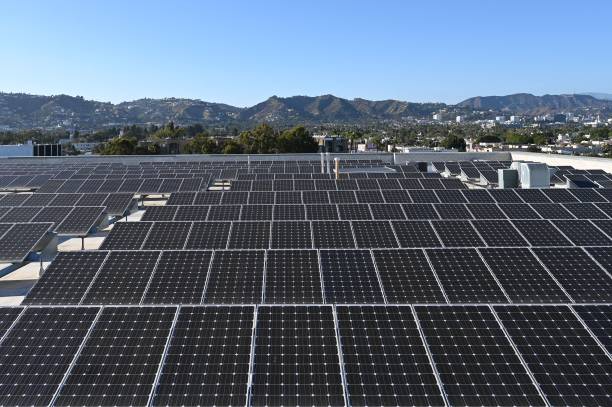The sun’s energy has long been a powerful source of renewable energy, with solar panels soaking up its rays during the day to generate electricity.
However, the limitations of solar power have led researchers and engineers to explore innovative solutions that extend the benefits of solar energy beyond daylight hours.
One such breakthrough is the concept of harnessing solar energy at night, unlocking new possibilities for clean and sustainable power generation.
The Need for 24/7 Renewable Energy
As the world seeks to transition away from fossil fuels and mitigate climate change, the demand for renewable energy sources that can provide a consistent supply of power is growing. Solar power, while abundant during the day, faces challenges when the sun sets or during cloudy weather. To bridge this gap, scientists have been working on developing technologies that store solar energy during the day and release it as electricity during the night.
Understanding Nocturnal Solar Power
Nocturnal solar power, also known as night-time photovoltaics, involves capturing and storing sunlight during the day and converting it into electricity to power homes and businesses when the sun is not shining. This concept leverages specialized solar panels and advanced energy storage systems to ensure a seamless transition from day to night energy generation.
Key Technologies Driving Nocturnal Solar Power
1. Thermal Energy Storage: One approach to harnessing solar energy at night is through thermal energy storage. This involves using concentrated solar power to heat a storage medium such as molten salt during the day. The stored heat is then used to generate steam and drive turbines to produce electricity during the night.
2. Photovoltaic (PV) Cells with Nighttime Capability: Researchers are exploring the development of PV cells that can work under low-light conditions, such as moonlight and city lights. These cells are engineered to capture a broader range of light wavelengths, enabling them to generate power even when sunlight is limited.
3. Advanced Energy Storage: Batteries, supercapacitors, and other energy storage solutions are crucial components of nocturnal solar power systems. These technologies store excess energy generated during the day and release it when needed, ensuring a consistent power supply around the clock.
Benefits and Challenges
Harnessing solar energy at night offers several benefits, including reduced reliance on non-renewable energy sources, increased energy security, and minimized carbon emissions. Moreover, nocturnal solar power could contribute to energy independence and grid stability. However, challenges such as optimizing storage technologies, cost-effectiveness, and efficiency improvements remain important areas of research and development.
Future Prospects
As technology advancements continue to reshape the energy landscape, the potential for harnessing solar energy at night holds promise. Researchers and innovators are tirelessly working to improve the efficiency of nocturnal solar power systems and make them more accessible and affordable for widespread adoption.
Nocturnal solar power represents a groundbreaking advancement in renewable energy technology, offering the possibility of round-the-clock clean energy generation. While there are still challenges to overcome, the potential benefits of harnessing solar energy at night are undoubtedly exciting. As we continue to push the boundaries of innovation, it’s clear that the sun’s energy can illuminate not only our days but also our nights in a more sustainable and responsible way.







Comments 2